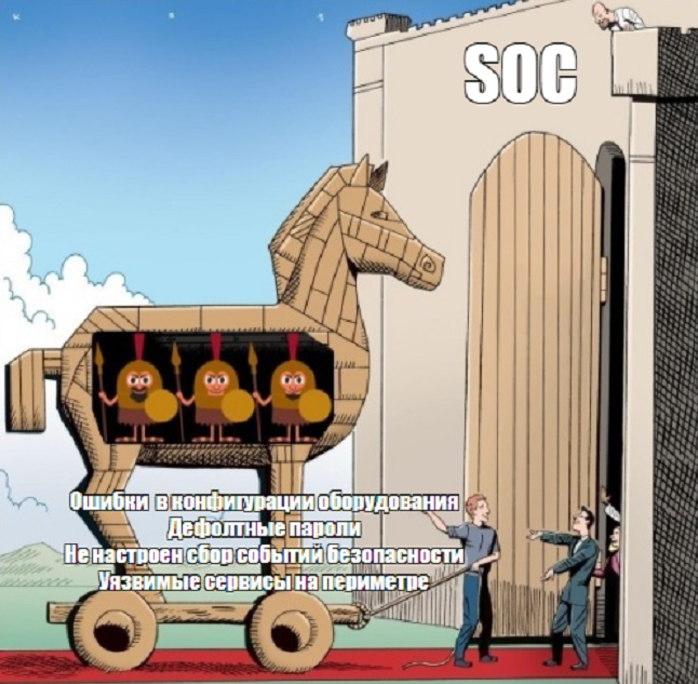Thermonuclear fusion is getting more real: MAST, EAST and ITER, deuterium-tritium experiments and other achievements

Thermonuclear reactors have existed for decades, but a controlled thermonuclear reaction has remained unattainable all this time. She was constantly in the near future, scientists said: “In 10 years, most likely, we will achieve success.” But ten years passed, and nothing changed – as before, popular science articles were published, where everything was said about the same period of 10 years.
Now, as far as can be judged, a lot has changed – the developers of thermonuclear installations have achieved really noticeable successes. We are talking about both new reactors and existing ones. In general, the likelihood that controlled thermonuclear fusion will become a reality within the next few years is quite high. Let’s assess the successes of scientists in recent years and see what is planned there.
Upgraded spherical tokamak MAST resumed operation
At the end of May, the MAST (Mega Ampere Spherical Tokamak) spherical tokamak began operation again. The chamber of this installation is not very large – 4 meters in diameter. The system has been modified over the past few months, including optimizing the plasma cooling system prior to discharge. Perhaps this reactor will serve as a prototype for small but efficient systems of the future.
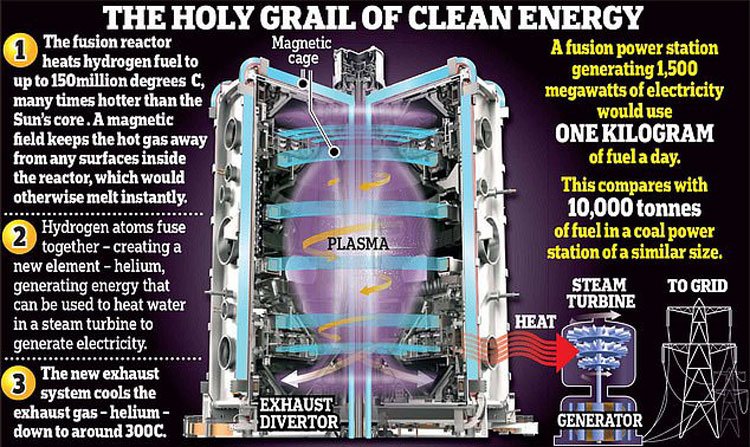
By the way, the tokamak itself from Britain is not at all new – its assembly started in 1997, and it began to work two years later. The small size of the chamber became a problem – because of this, plasma heated to over a hundred million kelvin destroyed the tungsten tiles.
In 2013, the team realized that the plant needed to be modernized. The government allocated money, about 55 million pounds, and reconstruction began. It was completed only in October 2020, after which a testing period followed. The tokamak has undergone numerous checks, and only in 2021 it was accepted into operation.
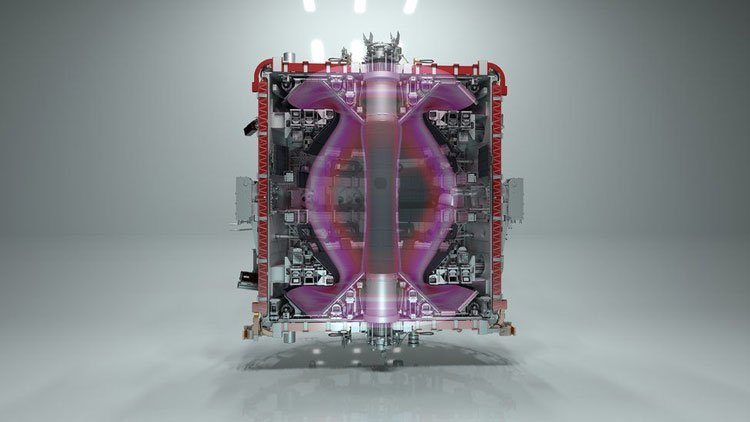
As a result, the problem of tile destruction was avoided. And the plasma now, when dropped, lowers the temperature from hundreds of million ° C to only 300 ° C.
Last year, British physicists began work on another project – the STEP (Spherical Tokamak for Energy Production) tokamak.
ITER project is moving towards completion
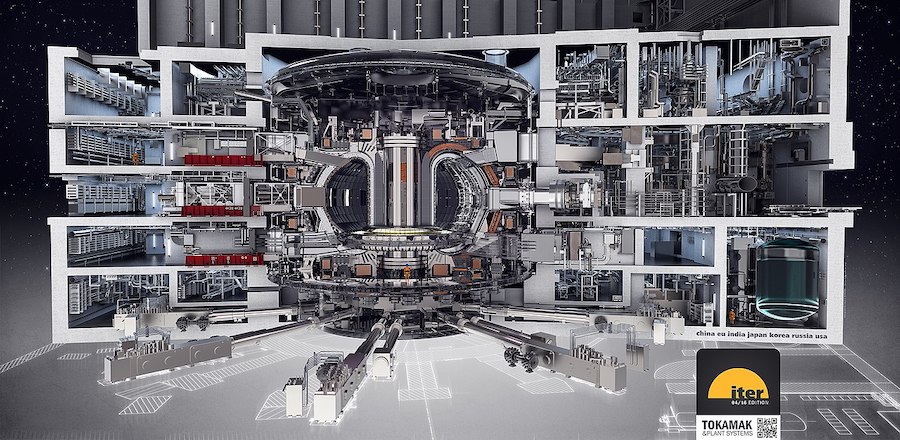
Last year, the construction of an experimental thermonuclear installation ITER started at the Cadarache research center in France. This is a large-scale project involving specialists from a wide variety of countries, including the EU, India, China, South Korea, Russia, the United States and Japan.
The reactor is a cylinder 28 meters in diameter, 29 meters high and weighing 23,000 tons. The system is located in a reinforced concrete facility with a length of 120 meters, a width of 80 meters and a height of 80 meters.
Despite some problems, the project is gradually moving towards completion. In four years, the developers plan to get the first plasma. For ten years, scientists will conduct experiments, bringing the work to the main result – obtaining a controlled thermonuclear reaction.
If all goes well, the first commercial DEMO reactors will appear sometime in 2035.

This summer (i.e. 2021) experiments are being carried out with a new mixture for the ITER fusion reactor. We are talking about a deuterium-tritium mixture that will be used as the main “fuel” for the reactor. ”The mixture will be tested in the UK at the Joint European Torus (JET) site.
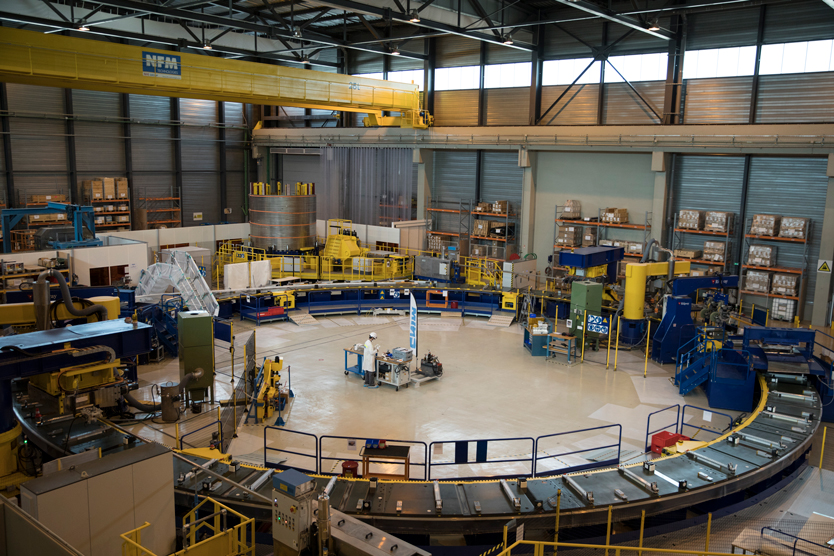
This reactor is a working ITER model with a size of 1/10 the size of a full-scale plant. If everything goes well with JET, then there should be no problems with his “big brother” either. JET experiments will allow you to see how the plasma will behave and what difficulties can arise. During the tests, scientists use no more than 60 grams of tritium at a plasma temperature of 150 million K – this is the temperature required to start the synthesis.
JET has very good indicators – the ratio of the energy spent on heating the plasma to the energy received is 0.67. To obtain a commercial system, this coefficient, Q, must be greater than one. In order to recoup costs and become an economically profitable project, Q must be equal to or exceed 25. The authors of the ITER project believe that its Q will be at least 10.
EAST sets records
As already mentioned on Habré, Chinese scientists managed to break the Korean record for keeping super hot plasma. The team of the fusion reactor EAST was able to achieve unprecedented results – confinement of plasma with a temperature of 160 million K for 20 seconds. They held a plasma with a temperature of 120 million K for 101 seconds. This is already very close to the threshold of thermonuclear fusion – we are not talking about fractions of a second, but about tens of seconds.
In order for the reaction of thermonuclear fusion to begin in the installation, a plasma with a temperature of 150 million K must be held for about 300-400 seconds.
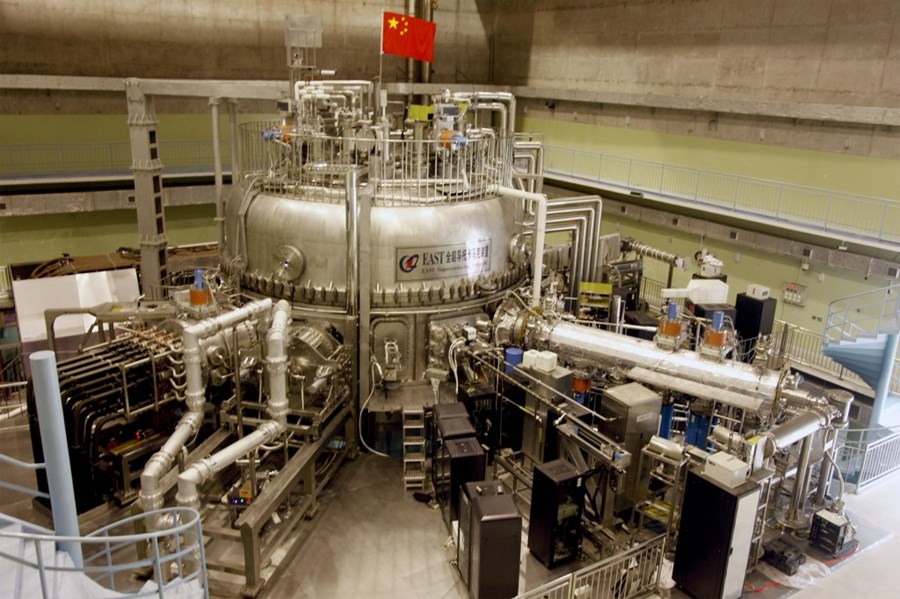
EAST is also a tokamak, which differs from most similar designs by the presence of a completely superconducting magnetic system based on niobium-titanium conductors. At the same time, the large radius of the chamber is only 1.7 meters, that is, the diameter is even smaller than that of the British installation, which was mentioned above – 3.4 meters instead of 4. And, as far as one can judge, the Chinese have no problems with the destruction of tungsten tiles.
Stellarator W7-X
In addition to tokamaks, there are also thermonuclear installations with a different configuration. For example, stellarators. The shape of the magnetic coil of such installations, as it were, repeats the configuration of the heated plasma, which makes it possible not to fight the plasma, but simply to use its features.

The Wendelstein 7-X (W7-X) installation is a modern stellarator built using the latest thermonuclear technology. The design of the stellarator is gradually being optimized, the creators plan to ensure the operation of the system up to 30 minutes, which, of course, is much better than any tokamak records.
Wendelstein 7-X (W7-X) is intended, first of all, to be a proof of concept, showing the viability of the design – it is not planned to receive energy with its help. Unfortunately, due to the pandemic, experiments with the system have been postponed for at least a year. Work will resume no earlier than next year.
Cautious optimism
Despite all these successes, it is still not worth considering that the fusion is already in the pocket of mankind. There are still many problems to be solved, and new ones may arise in the future.
Nevertheless, now scientists have achieved considerable success, scientists from many countries are engaged in studying the possibilities of thermonuclear fusion. This is no longer a couple of projects like a couple of decades ago. At the same time, new systems appear regularly – both tokamaks and alternatives.
The Chinese attitude instills confidence that the goals that scientists set themselves will be achieved in the near future. At the same time, there is hope for ITER with its deuterium-tritium “fuel”.
If the W7-X shows good results – who knows, maybe it is the stellarators that will snatch the victory, and the tokamaks will be left behind.
In any case, thermonuclear fusion has attracted the attention of not only scientists, but also the governments of the largest states in the world. And it is unlikely that this attention, interest, will weaken. Rather, on the contrary, they will only grow stronger.

